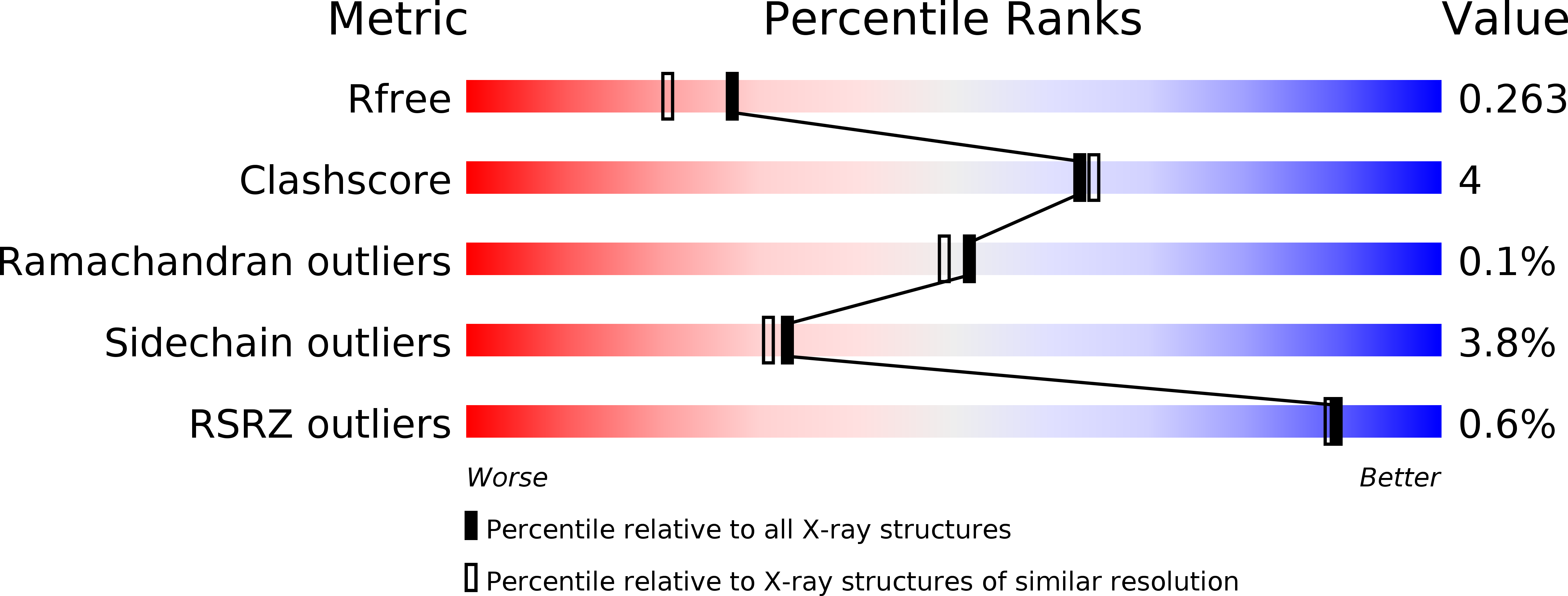
Deposition Date
2008-02-01
Release Date
2008-07-01
Last Version Date
2024-10-30
Entry Detail
PDB ID:
3C5S
Keywords:
Title:
Crystal Structure of monoclonal Fab F22-4 specific for Shigella flexneri 2a O-Ag
Biological Source:
Source Organism:
Mus musculus (Taxon ID: 10090)
Method Details:
Experimental Method:
Resolution:
2.00 Å
R-Value Free:
0.26
R-Value Work:
0.19
R-Value Observed:
0.20
Space Group:
P 1


